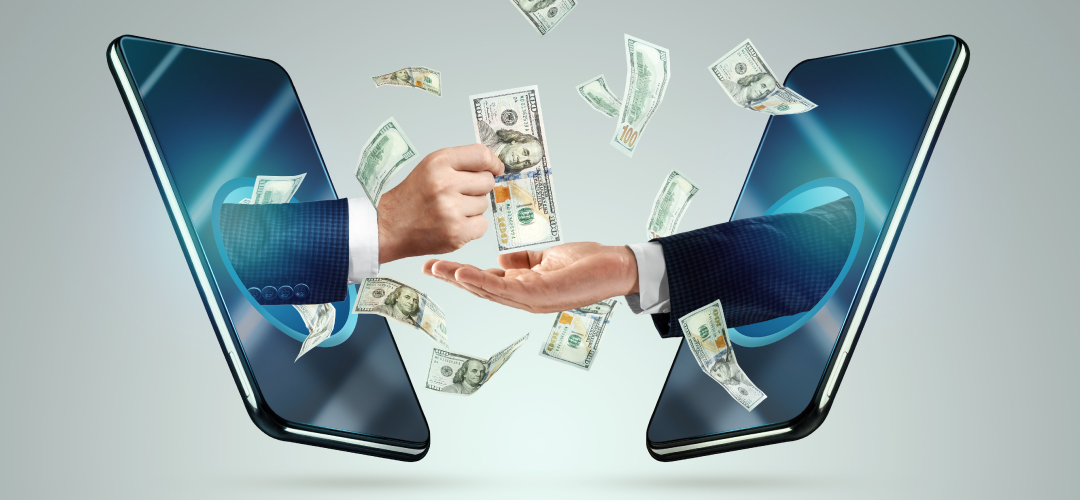Contactless payments have become increasingly popular in recent years due to their convenience and speed. With the rise of digital technology and mobile devices, contactless payments have become a preferred way to pay for goods and services, whether in-store or online.
We will explore the basics of contactless payments “What is contactless payment?” and “What are the benefits of contactless payments?”
What is contactless payment?
Contactless payment is a method of paying for something by holding a card, smartphone, smartwatch, or other device close to a payment terminal. The device and the terminal exchange information wirelessly and process the payment without requiring any physical contact.

What are contactless payments?
There are different types of contactless payments, such as:
Contactless cards
These are cards with a small chip and antenna embedded in them that allow them to communicate with a payment terminal.
Contactless cards usually have a symbol of four curved lines on them to indicate that they are enabled for contactless payments.
Mobile wallets
These are apps that store your card information on your smartphone and allow you to pay by tapping your phone on a payment terminal.
Some examples of mobile wallets are Apple Pay, Google Pay, Samsung Pay, and Sapo Pay.
Wearable devices
These are devices that you can wear on your wrist, such as smartwatches or fitness trackers, that can also store your card information and enable you to pay by tapping them on a payment terminal.
Apple Watch, Fitbit, Garmin, and Sapo Watch are some popular examples of wearable devices.
What are the benefits of contactless payments?
Contactless payments are a convenient and secure way to pay for goods and services without using cash or cards. Contactless payments use a technology called Near Field Communication (NFC) to communicate with a terminal that can process the payment.
You can use your smartphone, smartwatch, or a contactless card to make a contactless payment.
There are many benefits of contactless payments, such as:
Speed
Contactless payments are faster than cash or card payments, as you don’t need to enter a PIN, sign a receipt, or wait for change. You just need to tap your device or card on the terminal and you’re done.
Security
Contactless payments are safer than cash or card payments, as you don’t need to share your card details or expose your PIN to anyone.
Contactless payments also use encryption and tokenization to protect your information from fraudsters. If you lose your device or card, you can easily lock it or cancel it remotely.
Convenience
Contactless payments are more convenient than cash or card payments, as you don’t need to carry around bulky wallets or coins.
You can use your device or card for any amount up to a certain limit, which varies by country and merchant. You can also track your spending and manage your budget with contactless payments.
Hygiene
Contactless payments are more hygienic than cash or card payments, as you don’t need to touch any surfaces or handle any money that may be contaminated with germs. Contactless payments can help reduce the spread of diseases and infections.
Contactless payments are becoming more popular and widely accepted around the world. They offer many advantages for both consumers and merchants, such as efficiency, security, convenience, and hygiene.
Or please contact DNBC
![]() Email: [email protected]
Email: [email protected]
![]() Phone Number:
Phone Number:
- +65 6572 8885 (Office)
- +1 604 227 7007 (Hotline Canada)
- +65 8442 3474 (WhatsApp)



 DNBC Team
DNBC Team